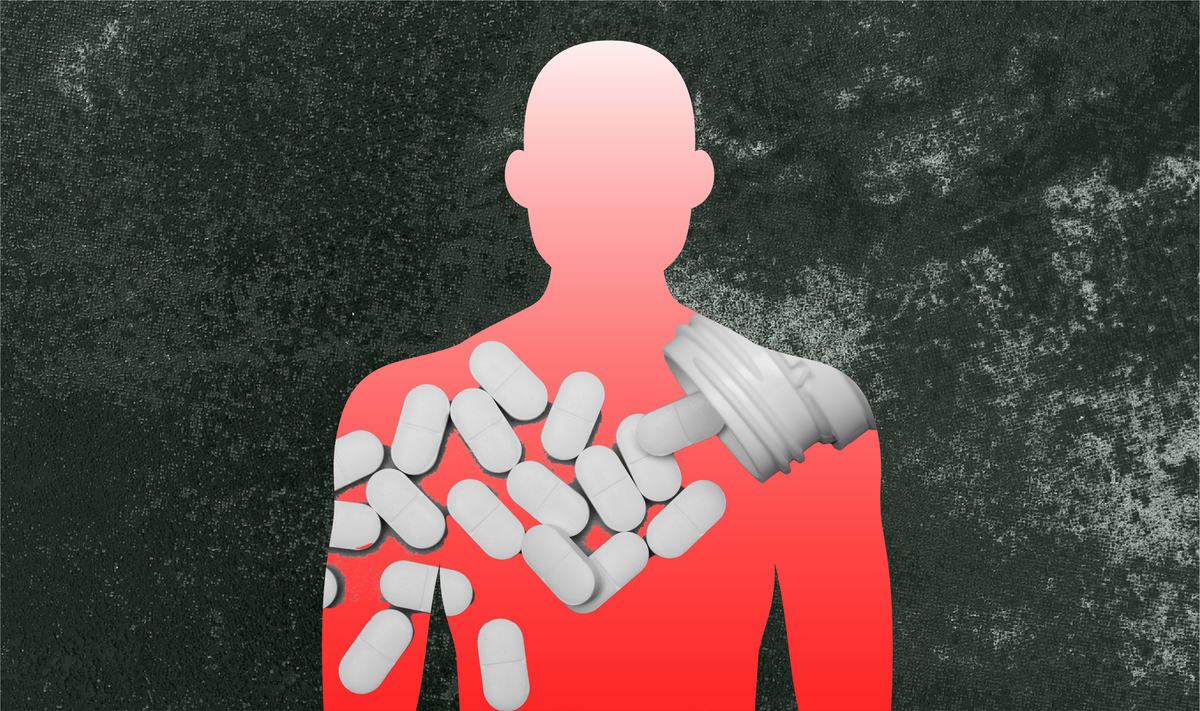Frustration over California wildfire response leads to stigmatizing conversation about harm reduction programs
Posts also blamed immigrants for the opioid crisis and highlighted the inaugural national Substance Use Disorder Treatment Month.

Posts also blamed immigrants for the opioid crisis and highlighted the inaugural national Substance Use Disorder Treatment Month.
This past week, posts expressing concern about California’s recent wildfires included stigma toward harm reduction programs, which provide tools for safer drug use. Other posts blamed immigrants for allegedly bringing dangerous drugs into the U.S. and celebrated the first national Substance Use Disorder Treatment Month.
In light of these conversations, communicators may outline the benefits of syringe services programs and other harm reduction programs and share information about treatment for SUD.

Insights brought to you by the reporters and science writers of Public Good News (PGN), a nonprofit newsroom dedicated to improving community health.
What’s trending nationally in conversations about opioids
On January 8, an actress with nearly 35,000 followers on X shared a post about the recent wildfires in California. The post lamented that while the state lacked resources to adequately contain the fires, people who use drugs were still “getting their drug kits” from harm reduction workers. The post received approximately 8.5 million views, 130,000 likes, 23,000 reposts, and 5,500 comments as of January 15. Some comments advocated against harm reduction programs, calling them a “waste of money,” and suggested without evidence that people who use drugs started the fires.
Recent articles reported that an undocumented immigrant living in Massachusetts was charged with possession with intent to distribute more than 400 grams of fentanyl and unlawful possession of a firearm. Facebook posts sharing the article received thousands of reactions and hundreds of comments, with many expressing stigmatizing attitudes toward immigrants and blaming them for overdose deaths.
This January marks the first national Substance Use Disorder Treatment Month, which aims to raise awareness about SUD treatment and reduce stigma toward those seeking it. SAMHSA shared social media posts acknowledging the month across multiple platforms, but they received little engagement.

Recommendations brought to you by the health communication experts behind Infodemiology.com.
Recommendations for public health professionals
Each week, the Infodemiology.com team will provide messaging recommendations in response to some of the trending narratives outlined above. These helpful tips can be used when creating content, updating web and FAQ pages, and developing strategy for messaging about opioids.
Concerns about harm reduction programs provide an opportunity to explain how these programs benefit communities. Messaging may emphasize that providing tools for safer drug use reduces the harmful impacts of using drugs—such as the risk of contracting and spreading infectious diseases—and prevents overdose deaths. SSPs also provide infectious disease testing and treatment, vaccinations, and referrals to care. They have been shown to prevent the spread of diseases like HIV and hepatitis C and reduce syringe litter in the communities they serve. Sharing information about local harm reduction programs is recommended.
Stigmatizing conversations about the opioid crisis show persistent misunderstandings and fear. In response, communicators may want to highlight recent successes in overdose prevention. Messaging may emphasize that in 2023, overdose deaths in the U.S. declined for the first time since 2018. Experts attribute the recent decline in overdose deaths to the availability of naloxone, a harm reduction tool that reverses opioid overdoses.
National Substance Use Disorder Treatment Month provides an opportunity to share information about SUD treatment options and SAMHSA’s National Helpline, which connects people to health care providers and centers that offer SUD treatment.
